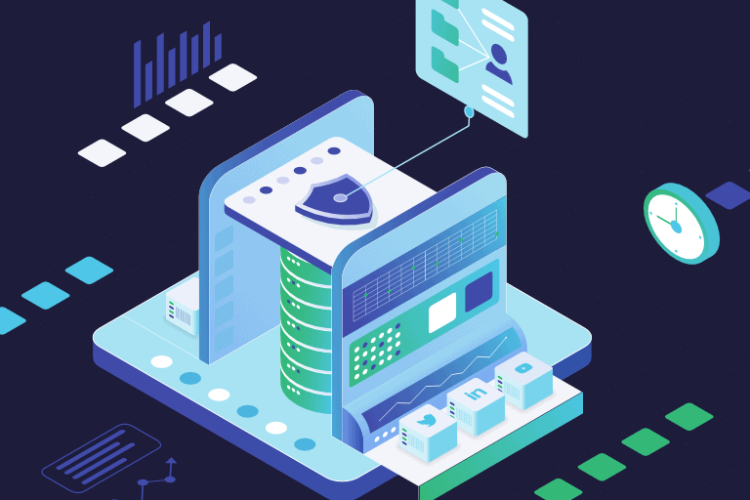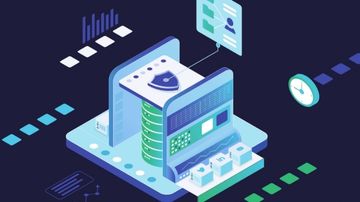
It's essential to build a good relationship with your clients after they've paid for your product, not before they decide to do so. They might experience buyer's remorse at this stage and terminate their subscription if things don't go well.
A positive feedback loop of customer engagement and retention is created through effective customer onboarding, which aids in the ongoing discovery of your product, features, and services.
Long-term product adoption, however, may be hindered by issues with customer onboarding, such as low feature adoption and product abandonment. To get clients to feel the value and benefits of your product, you must develop strategies to get through onboarding barriers.
You may address these issues before they impact your customers' experiences and bottom line by using this guide to the top customer onboarding problems and solutions.
Low adoption of features
Customers often use a small subset of a product's features. A successful onboarding process must strike a balance between introducing consumers to new features and teaching them about the key and most essential qualities they'll use to accomplish their primary objectives.
Your ability to retain clients depends on their continued product discovery. But reducing the time to value is essential for client onboarding to be successful. Therefore, focusing on incorrect features during onboarding might harm feature adoption and product acceptance.
Here are some tips for encouraging more users to use your features:
-
Ask customers about the aspects they appreciate, don't like, or wish to see more of using Hotjar's feedback tools. You can better serve client demands by eliminating guessing from the customer onboarding process.
-
Use heatmaps to analyze customer behavior. By observing where consumers click, scroll, and linger throughout onboarding, you can gain insight into your most popular features and decide which ones require revision or clarification.
Not being aware of the interactions customers have with onboarding.
Understanding friction points or major customer annoyances with your product can be challenging when you have little visibility into the user journey and customer touchpoints.
Cross-functional teams must therefore have access to the appropriate data and understand how to use it to understand why a consumer behaved a certain way.
You require a comprehensive strategy for exchanging information and interactions across teams to comprehend and appropriately respond to customer onboarding encounters. It is how:
-
Cross-functional teams may be brought together in a single dashboard and CRM to examine your customer insights, communicate crucial customer journey mapping data, and detect any abnormalities or concerns across touchpoints—all from one location.
-
Integrate Hotjar and Slack to update colleagues across departments on customer interactions in real time and receive incoming comments and customer insights from Hotjar on Slack.
-
Throw a Hotjar View Party, where colleagues congregate to watch crucial customer behavior videos and watch recordings of client interactions throughout the onboarding process. Next, utilize your skills and experience to develop customer-focused solutions.
Treating each customer equally
Customers vary in their levels of expertise and onboarding expectations. A customer success manager, for instance, won't want to watch an introduction video on best practices for dealing with customers when using your customer service messaging software, but a new customer service representative will.
In order to successfully onboard and keep clients, employ personalization to give them a distinctive onboarding experience that suits their needs and preferences.
How can you customize the customer onboarding procedure without treating every customer the same?
-
Create onboarding processes tailored to each client segment by grouping your consumers into buyer personas (or ideal customer types).
-
Include buttons or prompts, allowing customers to choose their own path throughout the customer onboarding process to help them choose their own onboarding flow.
-
Make welcome screens and checklists unique by using customer information from signup, such as their name, industry, job title, and location, to inform your customer messaging and give them the impression that your service is designed for them.



 (1).webp)

.webp)

